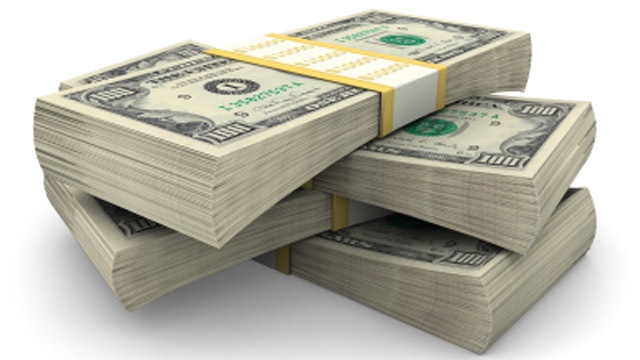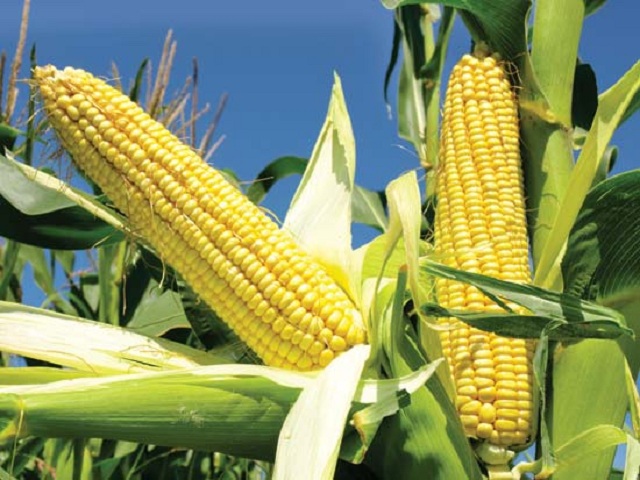Commodities remain bullish in Q1

Rumbidzayi Zinyuke, Syndication Writer
THE price of most commodities continued to strengthen further in the first quarter of 2017 as market fundamentals remain favourable putting Zimbabwe and other commodity-based economies in sub-Saharan Africa on a recovery path.
According to the World Bank’s April Commodity Market Outlook, energy prices rose six percent in the first quarter on the back of an eight percent increase in crude oil.
“The oil forecast is unchanged since October 2016 and reflects balancing forces: upward pressure on prices from production cuts agreed by Organisation of Petroleum Exporting Countries (OPEC) and non-OPEC producing countries, and downward pressure from persistently high stocks, supported by the faster-than-expected rebound of the US shale oil industry,” the report said.
OPEC agreed to cut production by 1.2 million barrels a day in a bid to balance the oversupplied crude oil market.
In Q1, oil reached $53 per barrel, well on course to meet the price forecast for 2017 of $55 per barrel.
The rise in crude oil prices has largely resulted in increases in petrol prices, especially for non-oil producing nations like Zimbabwe, Namibia and Zambia.
However, the rise is expected to have a positive impact on the economies of Angola and Nigeria and other oil producing nations.
The World Bank expects the oil market to tighten in Q2 2017, mainly as a result of the OPEC production cuts with prices forecast to reach $60 per barrel by 2018 as the market regains balance.
Also linked to the oil prices is the natural gas price in Europe and liquefied natural gas, which gained 16 and seven percent respectively in the first quarter.
Coal prices fell 13 percent as supplies rebounded after China relaxed production limits.
“Coal prices are expected to average six percent higher in 2017 due to policy-induced supply reductions in China in 2016. Beijing’s coal policy will be a key determinant for prices given that China consumes half of the world’s coal output,” the World Bank report said.
Agricultural prices gained one percent in Q1, and are expected to remain stable for the rest of the years.
Grain prices increased nearly four percent, mostly in response to gains in maize prices. However, by the end of the year, grain prices should experience a three percent decline owing to the “favourable growing conditions that have pushed stocks-to-use ratios demand of all key grains to 15-year highs”.
Most countries in southern Africa have recorded a decent harvest following a good rainfall season.
And it is on the back of this good harvest that the Government has forecast a turnaround in the country’s economic fortunes to record a 1,7 percent growth.
Such projections are also anchored on the expected growth in metal prices. Metals prices surged by 10 percent in the first quarter driven higher by strong demand especially in China.
The World Bank expects metals to jump 16 percent after dropping nearly seven percent in 2016.
The largest gains are expected in zinc and lead which are forecast to grow 32 and 18 percent respectively. Copper prices are also expected to increase by 18 percent.
Precious metals prices fluctuated widely on changing investor sentiment and prices are projected to decline by one percent in 2017 and a further one percent in 2018 as benchmark interest rates rise and safe-haven buying ebbs.
However, in the first quarter, Platinum prices were up four percent on strong investment demand. The metal is expected to cautiously maintain the positive gains.
But according to the World Platinum Council’s first quarter report for 2017, platinum supply is expected to go down by two percent this year.
This could help the cause for platinum prices if the fundamentals remain favourable. The World Bank sets platinum and silver price increases at one percent.
In the case for gold, prices slipped marginally in the first quarter of 2017 to $1,219. However, it was slight gain from a low of $1,125 recorded in late December following the interest rate hikes by the US. There are indications of further interest rate hikes this year, which the World Bank say might trigger a two percent slump in gold prices.
This is despite possible increase in demand due to the rising tension in Syria, Afghanistan and North Korea among others, as well as rising demand in India. — Zimpapers Syndication











Comments